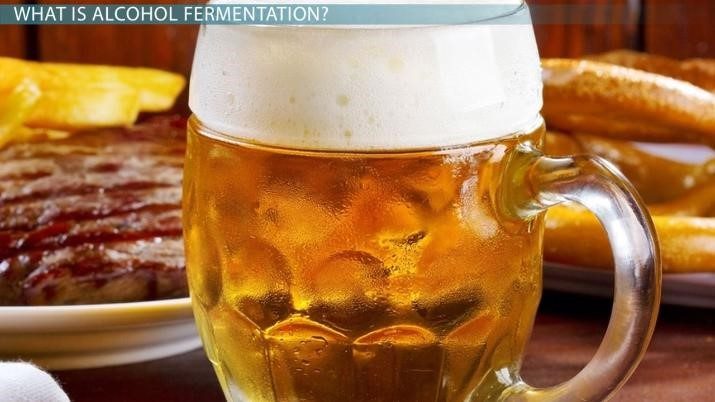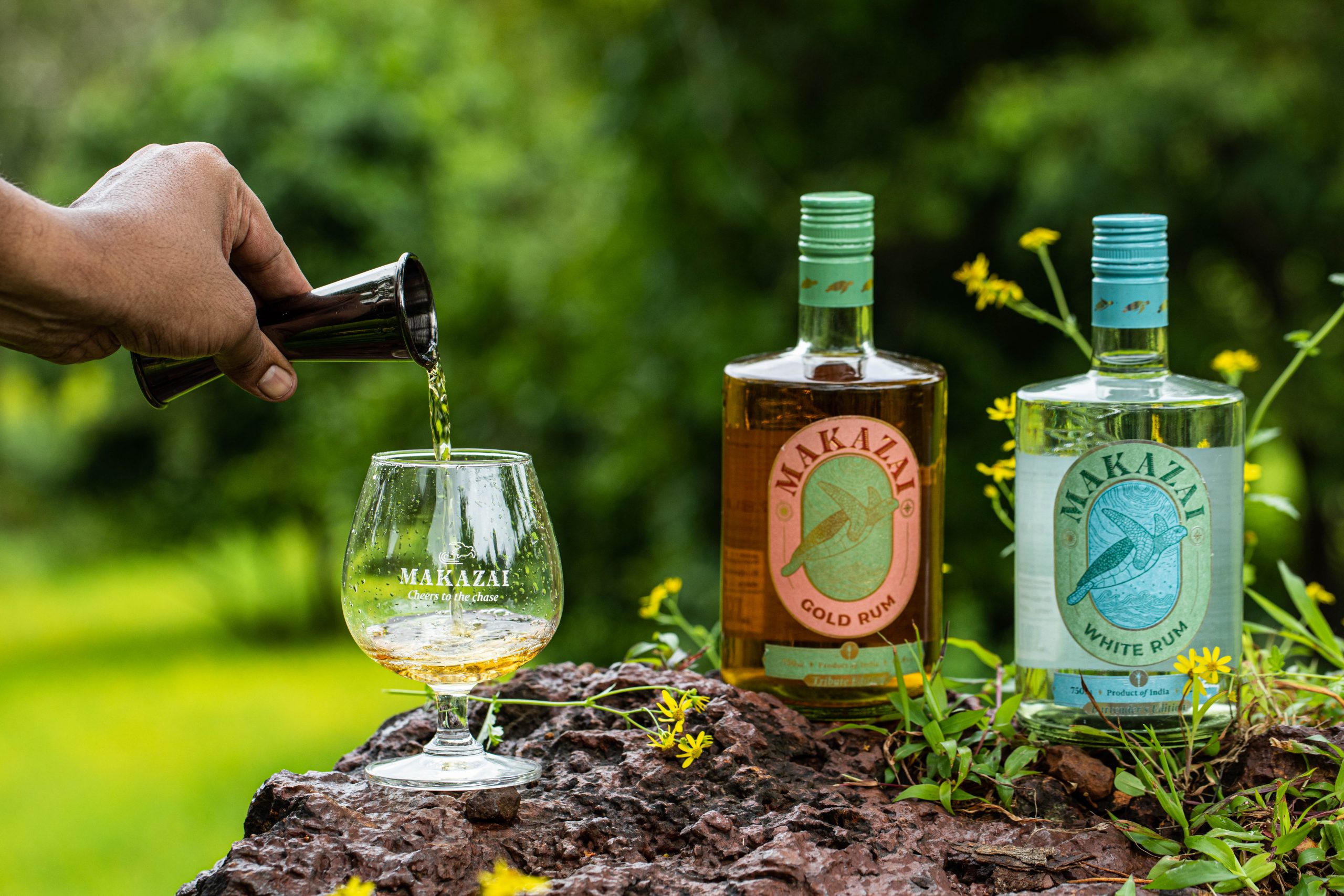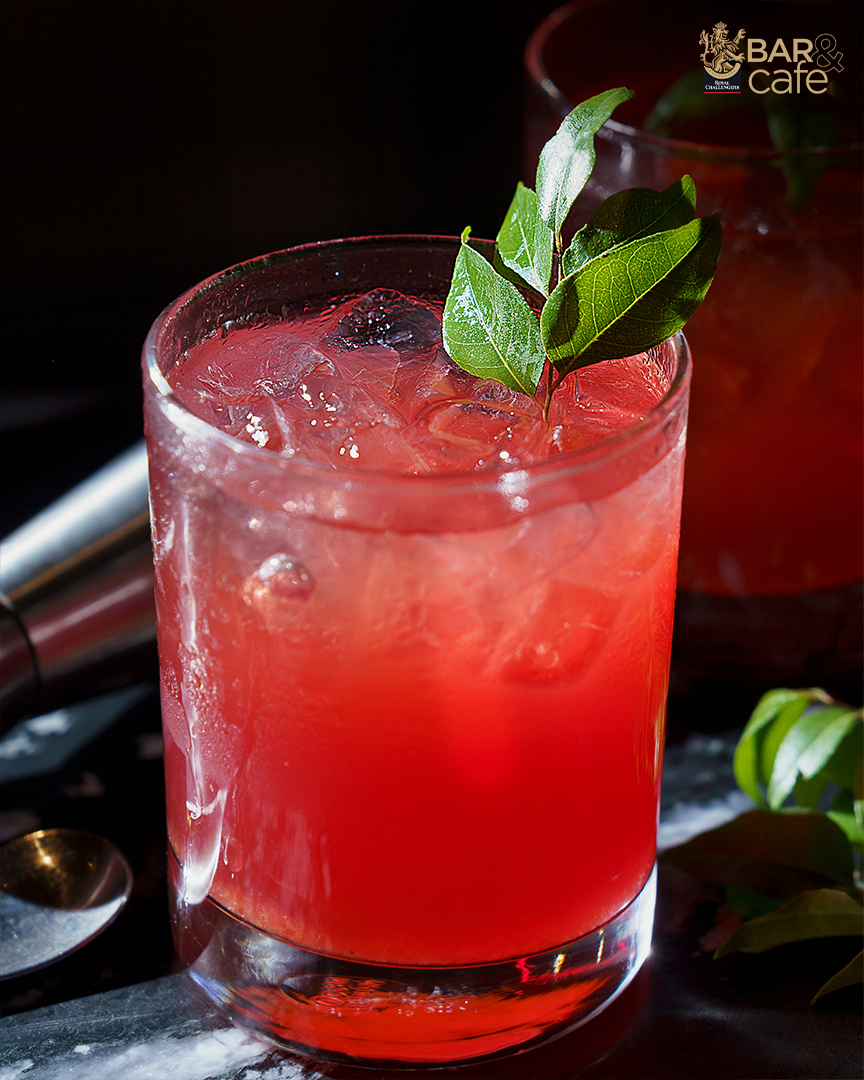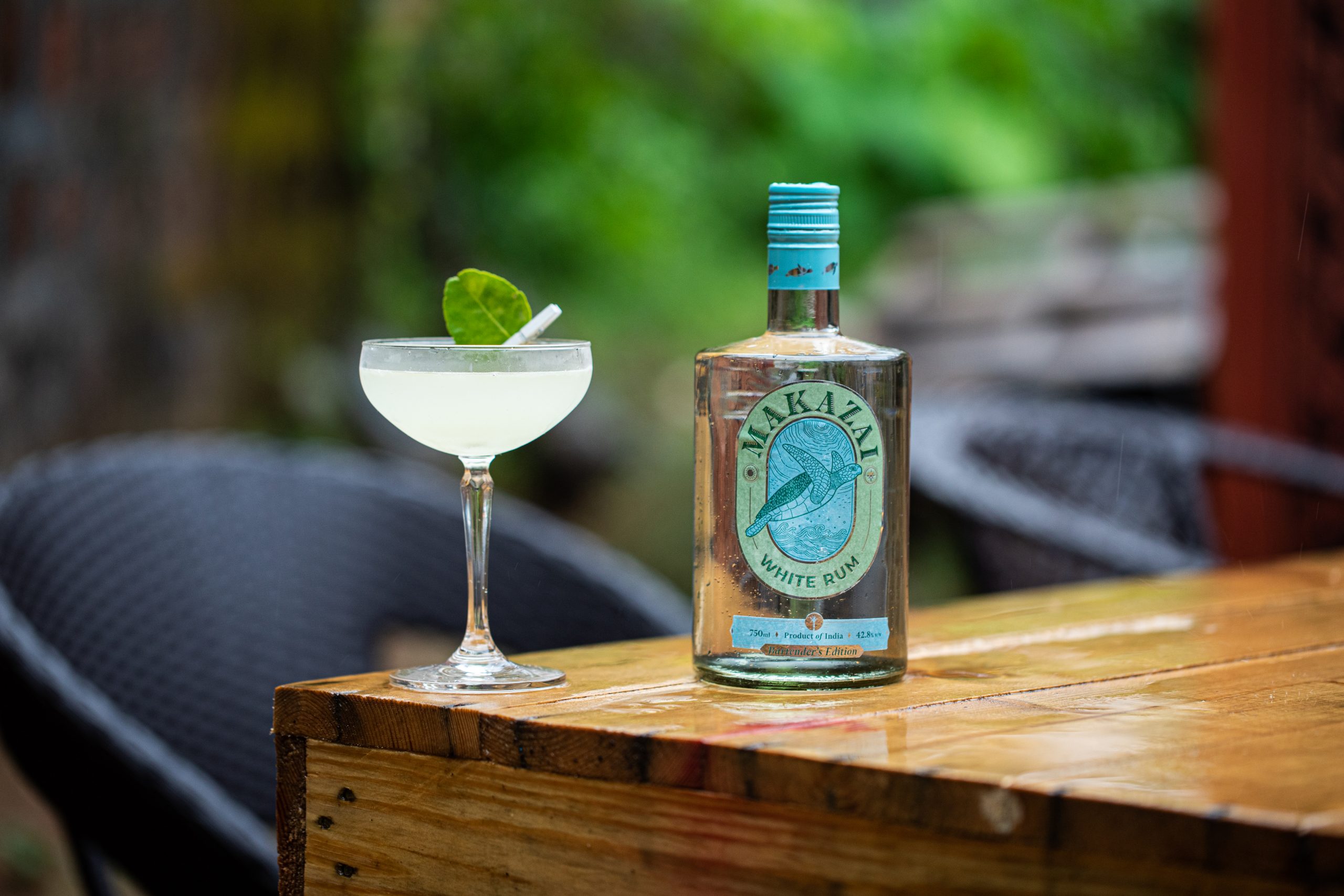Drinks like whiskey, beer, wine, vodka have some alcohol content in them, which is a chemical called ethanol or ethyl alcohol. Ethanol is the main reason why you feel intoxicated after drinking. So, the process of making this chemical, ethanol is by putting grapes, corn, water or vegetables pass through a process known as fermentation. And alcohol is made when yeast or bacteria, microscopic organisms ferments (breaks down without oxygen) the sugars in different food. The two by-products produced are ethanol and carbon dioxide.
Real alcohol is not found in most of the drinks, because pure alcohol intake can be dangerous as only a few sips of the pure alcohol can raise your blood alcohol level into the danger zone at a rapid rate. Ethanol concentration in various drinks is:
- Beer= 4-6%
- Wine= 7-15%
- Champagne= 8-14%
- Rum, gin, vodka, whiskey= 40-95%
This is just a one-way method of alcohol production. The other two methods are:
- Chemical modification of fossil fuels such as oil, natural gas or coal (industrial alcohol)
- Chemical combination of hydrogen with carbon monoxide (methanol or wood alcohol)
However, many companies keep the process of making a drink exclusive. The basic process of every kind of alcohol drink follows is:
Beer
Beer is made with barley and wheat and hops. When the grains and sugars have been malted and brewed for a specific period, extra grains and other ingredients are added for color, flavor and/or clarity.
Wine
Grapes, but other fruit or vegetables can be used to make wine. When the sugars in the fruit or vegetable ferment, the resulting liquid is wine.
Spirits
Various ingredients can be used in the making of distilled spirits, including grains for whisk(e)y, sugarcane syrup and molasses for rum, and lots of different fruits and vegetables for vodka and gin.
Alcohol is basically a drug and is therefore called Sedative drugs, as it is a Central Nervous System(CNS) depressant, which means that drinking alcohol slows down brain functioning, neural activity, and further reduces the functioning of various vital functions in the body.















Leave a Reply